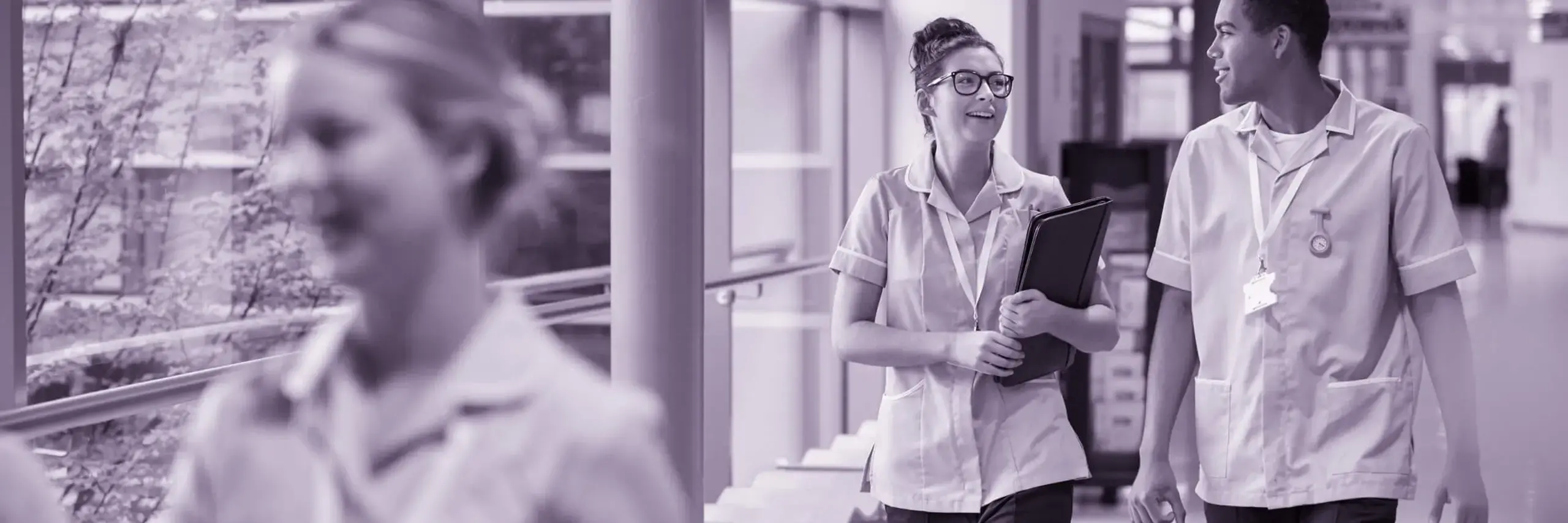Main content
Bridging the Gap – looking for new ways to sabotage harm
02 Sep 2021
Over the past few years we’ve learned more about the circumstances which can lead to professionals losing sight of regulatory standards, and acting in ways which can result in them being referred to the regulators for alleged unfitness to practise. An example is the work we commissioned from Professor Rosalind Searle, Sexual Misconduct In Health And Social Care: Understanding Types Of Abuse And Perpetrators’ Moral Mindsets (2019).
Inevitably, any specific incident or series of incidents involves a unique and often complex interplay of personal and environmental factors, and takes place within the context of the mix of social and professional relationships which are part of all kinds of work, everywhere. You might question how much we can learn from any one case, when it seems so unlikely that any particular set of circumstances will ever repeat in another setting, or even the same one. And often, when crisis has occurred, the regulatory response has been to focus on how we stop that particular crisis happening again.
Aggregating complex factors
The challenge is how we ‘aggregate’ – at least that is the term used by Harvard’s Professor Malcolm Sparrow in works like The Character of Harms. How do we look one level above the specific to extract learning, without becoming so abstracted that any analysis lacks salience? How do we group together and analyse particular kinds of thing, particular kinds of hazardous factors in troublesome situations, in such a way as to be able to take informed and preventative actions in future?
Sparrow uses an example of an exercise he runs with groups of staff working in regulatory and risk management work, with a case study involving a public official charged with reducing road traffic accidents. With skilful data analysis, four different generalised scenarios in which the majority of accidents take place, emerge – each of which calls for different kinds of measure to sabotage the harm that results. That might be parents taking their car keys to bed at night to prevent their children borrowing their car to go to a party, or redesigning rural junctions which are accident hotspots. According to Sparrow, a successful harm prevention strategy requires finding the right moment to intervene; an object on which to focus (one of the contributory factors to the harm) and a method to prevent the object from playing its part in an unfolding and potentially harmful sequence of events.
Bridging the gap
Because the range of hazard contributory factors is so wide, we need to think through how different regulators with different scopes of responsibility might more effectively collaborate on their sabotage, in a timely, focused and efficient way. With this in mind, the Authority intends to initiate a project in the autumn which we are calling ‘Bridging the Gap’, to explore how this might be achieved. We are going to look at the potential contribution of data from different sources, the structures by which regulators collaborate both to strategise and to share data and information, and use the example of sexual misconduct prevention as an area of focus for ideas. As part of the work, we’ll also review our existing guidance on sexual boundaries, and republish if this is felt by stakeholders to be of use.
If you would be interested in more detail of this work, please get in touch.



